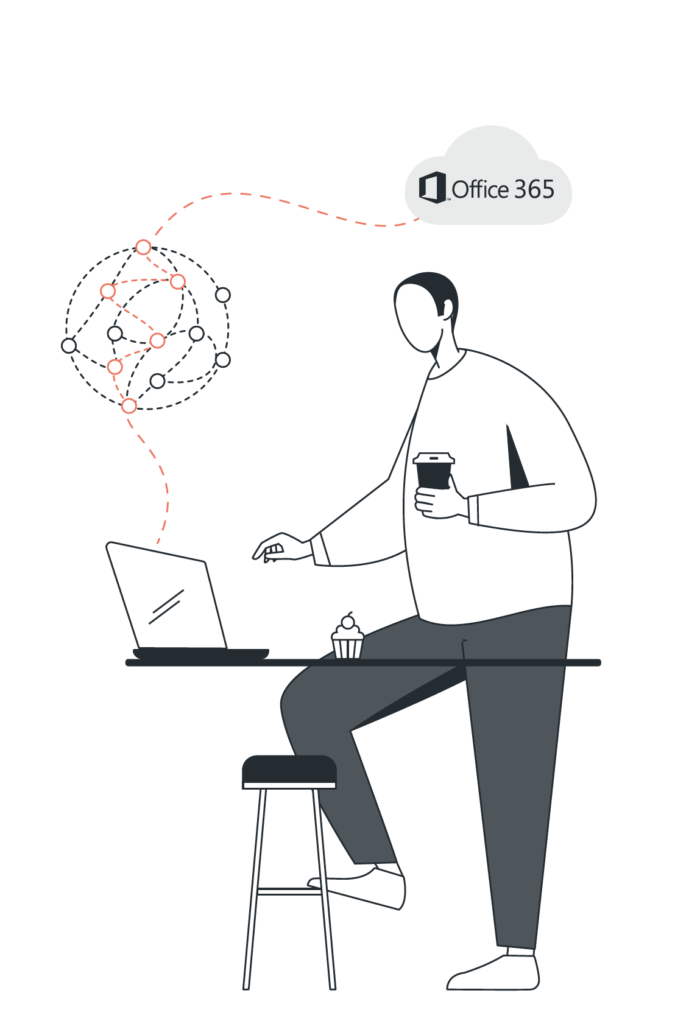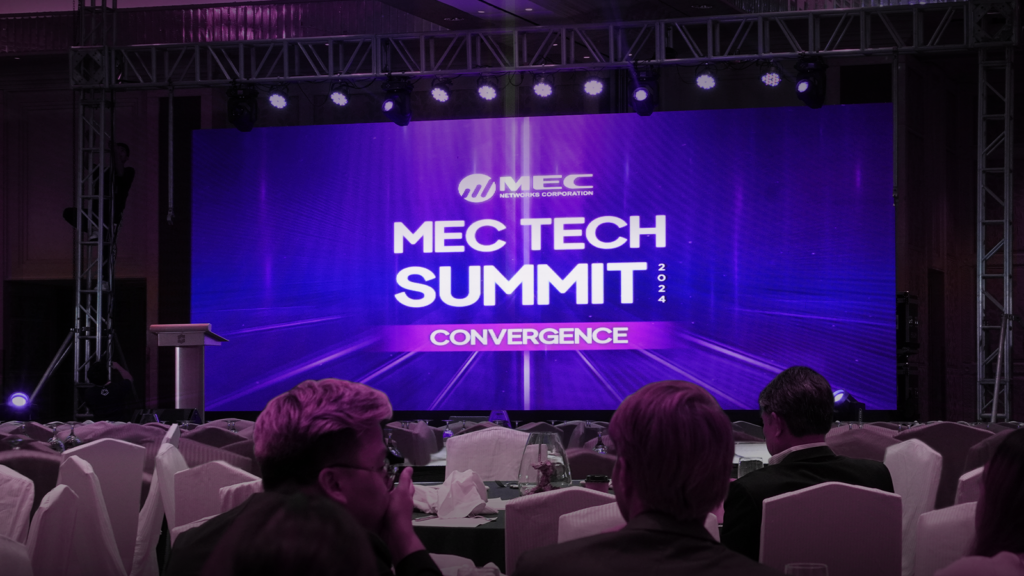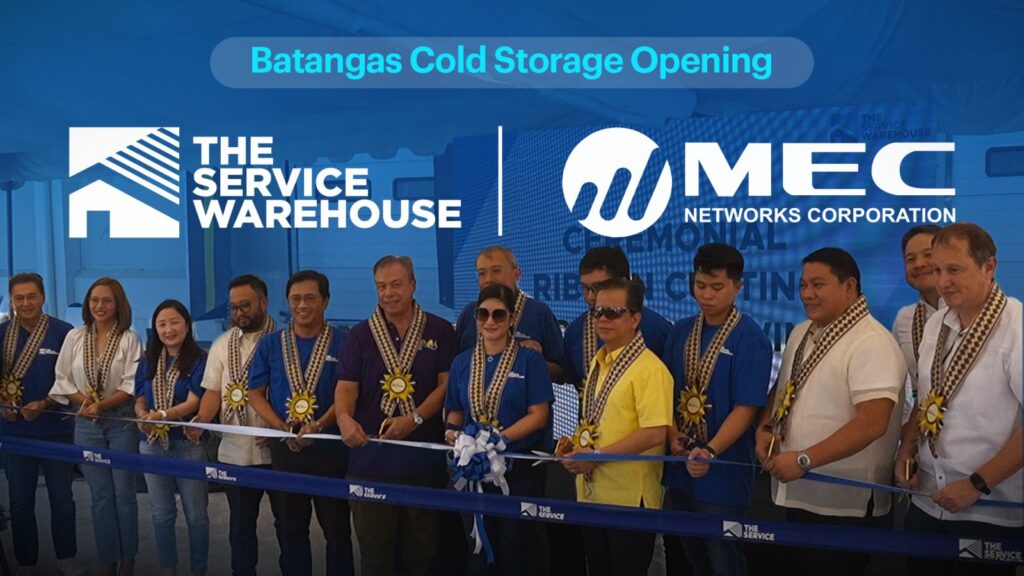Secure Remote and Mobile Access:
The Challenges
1. Optimizing access for the remote workforce, which needs to conduct business from anywhere
2. Controlling and securing access to business applications in physical or cloud datacenters, or to public cloud applications, such as Office 365.


Use Case 1: Remote Access to Physical Datacenters
Remote users need regional or global access to applications hosted in data centers. Traditionally, they accessed applications by running VPN clients on their remote devices and connected to VPN concentrators or datacenter firewalls.
When remote users entered the network through remote locations, they would have to traverse the MPLS or Internet VPN to the servers in the datacenter. Since VPN access is done entirely over the public Internet, users are exposed to erratic Internet routing with its significant latency and packet loss.
These factors can severely degrade the application experience, frustrating users and hampering their productivity. Furthermore, once authenticated, traditional VPN solutions enable users to access a whole network. This means that hackers may be one password away from getting an unrestricted foothold on the network.

Use Case 2: Remote Access to Cloud Datacenters
While similar in concept to physical datacenters, cloud datacenters pose new networking and security challenges for fixed and mobile users. Legacy WAN architectures that backhauled traffic to a physical datacenter, need to incorporate the datacenter’s split into physical and cloud datacenter(s), sometimes hundreds of miles apart. None of the obvious solutions are sufficient.
Continuing to forward the traffic from the physical data center and then onto the cloud datacenter leaves datacenter-bound and mobile user traffic subject to the erratic routing of the Internet while adding latency due to the “trombone effect.”
Cloud interconnect services, such as DirectConnect for Amazon Web Services (AWS) and ExpressRoute for Microsoft Azure, provide direct connections from physical datacenter to the cloud. But remote users remain subject to Internet performance while site- and user-traffic are subject to tromboning.
Allowing remote users direct access to the cloud is equally ineffective. It eliminates tromboning, but leaves users subject to Internet performance. In addition, direct access bypasses the corporate network security stack, requiring the deployment of new cloud-based security solutions.

Use Case 3: Remote Access to Cloud Applications
Accessing cloud applications (SaaS) introduces even more nuances. Cloud apps are outside of IT control so WAN optimization capabilities cannot be extended into the application provider’s datacenter. Yet users need to access cloud application instances. Take an SFDC instance located within a specific region.
All users, regardless of location, must access that instance and face the same connectivity challenges as they would if accessing the company’s data center. Network security is even harder to implement.
Traditional network security relies on a “line of sight” into the traffic to inspect and secure it. But as with direct mobile access to cloud datacenters, direct mobile-to-cloud access bypasses the corporate network security stack.
Companies again face a tough choice: either force backhauling of mobile Internet traffic to the datacenter, which adds latency and degrades the user experience, or increase costs by deploying a cloud-based security point solution — such as a SWG or CASB — to intercept and inspect all mobile traffic to the cloud.

The Old Way
The New Way


Secure Access Service Edge (SASE) platforms optimize remote access by design
A SASE platform has a multitenant WAN backbone built from globally dispersed points of presence (PoPs) that are fully meshed, creating a private and optimized global overlay. Edge resources — including physical locations, cloud datacenters, and remote users — establish secure tunnels to the nearest PoPs using IPsec or DTLS. Cloud applications are accessed by routing traffic to the closest PoP as measured by latency and loss.
The SASE’s cloud network is a full replacement for traditional VPN solutions. By running a mobile client or with clientless browser access, the mobile device finds and connects to the nearest PoP. The user authenticates using multi-factor authentication. Once connected to the PoP, the user is part of the virtual enterprise WAN and can access any authorized application.
With its global, SLA-backed backbone, the SASE’s cloud network connects remote users to both physical and cloud datacenter resources anywhere in the world without the erraticness of the Internet middle mile. And since the IP ranges of both the physical data center and the cloud datacenters are visible on the WAN
to authorized users, and the optimal direct path can be calculated, avoiding tromboning.
Gone are the chokepoints and backhauling that undermined mobile user performance.

Remote Access as a Business Continuity Strategy
Extreme weather conditions and global health crisis have taught
enterprises that allowing all their employees to work remotely all the time has become a critical pillar of their BCP (business continuity plans). Legacy VPN solutions are designed to enable access for a subset of users over short periods of time. They are not designed for 24×7 access to all users that may be needed in such business continuity scenarios.
A SASE-based remote access solution has the exact characteristics to overcome such limitations. Provided from a globally distributed, highly scalable cloud platform, it enables continuous access to all employees in the office, on the road, or at home.
The costs associated with the scale and redundancy needed to support BCP with traditional VPN solutions are significantly higher compared to a SASE platform. With legacy solutions, appliances will need to be big enough to support all employees and redundant to guarantee availability in case one of them fails or gets disconnected. In comparison, a SASE is able to serve any number of users, anytime, anywhere in the world, and has high-availability built-in, offering BCP at a significantly lower cost.

Summary
Cato’s cloud-native network architecture connects all resources — physical, cloud, and mobile — to a single, virtual enterprise WAN. Result: a deep convergence of multiple capabilities, including WAN optimization, network security, cloud access control, and remote access to the network itself. This remarkably comprehensive design dramatically simplifies enterprise IT and reduces risk and costs.






